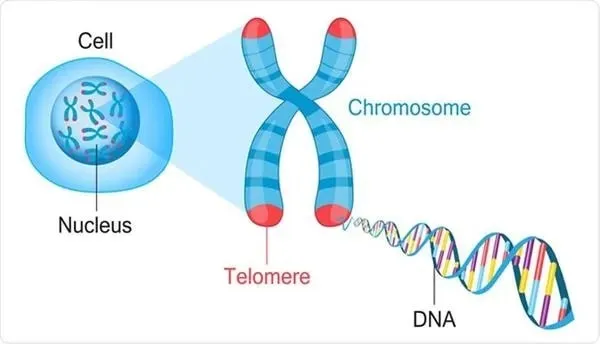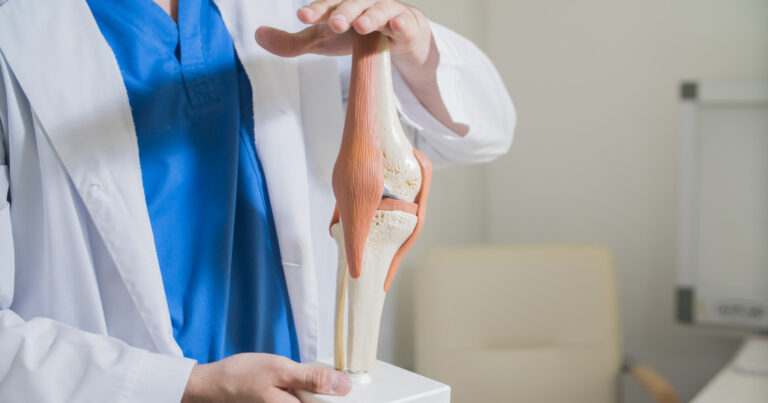Can The Aging-Process Be Reversed?
Over five hundred years ago, Ponce de Leon explored the world in search of the legendary fountain of youth.
Instead, he found Florida.
Today, analysts find themselves on the same mission only now instead of looking all around the world they’re peering deep into the foundational building blocks of the human body, our cells and genes.
The quest to find a cure for aging may strike you as absurd or simply as a goal wrought with hubris, consider though that the simple aging process is the leading hazard factor for various crippling conditions, including Alzheimer’s, cancer, and coronary disease. On-top of this it should be noted that average life expectancy in the U.S. has been on the decline for three consecutive years.
Any breakthrough toward understanding and controlling the aging process would likely lead to a direct improvement on the quality of life for everyone, minimizing age-related illness, and improving health problems associated with aging so that we can journey into our later years in far more comfortable physical conditions than many people find themselves today.

WHAT CAUSES AGING?
There are many factors associated with the aging process. Lifestyle factors such as diet and nutrition, regularity of physical exercise, and stress being the principle factors that contribute to the rate at which a persons ‘ages’. Practicing good nutrition, getting regular exercise, and being able to manage stress can have a positive impact on how you age, helping you look and feel younger than others.
Still, even with the best nutrition, a stress-free life, and lots of exercise you will still age. This is because, on a biological level, the cause of aging comes down to the fact that the human body is primarily made up of a type of cell known as somatic cells, and these cells have a limited ability to replicate, each time these cells replicate the telomere at the end of each DNA strand is shortened. (telomeres are the caps at the end of each strand of DNA that protect our chromosomes, without telomeres, DNA strands become damaged and our cells can’t function.)

The shortening of telomeres that happens each time our cells divide acts as a kind of clock, in fact if all scientists had was a sample of your DNA they could tell your age by the length of your telomeres. It should go without saying that there’s a limit to how short telomeres can get and still function properly.
As telomeres get shorter the physical effects of aging become more apparent.
There are cells in the human body which have the ability to divide infinitely through a enzyme called Telomerase, scientists are looking into how this process might be turned on in other cells which would theoretically cause a significant alteration in the aging process – slowing it, or even stopping it.
THE ROLE OF SENESCENT “ZOMBIE” CELLS IN AGING
Another factor in the aging process is the presence of senescent cells, sometimes nicknamed zombie cells, these are cells that are in a state where they are no longer able to function, fix tissue, or play any positive role in the body – they just float around like dead zombie cells.
These cells have been shown to be connected to many ailments associated with aging, including Parkinson’s, joint-inflammation, and Alzheimer’s.
Studies on mice have shown that transplanting these zombie cells from old mice into young mice have caused rapid aging, their strength and energy significantly diminishing. When the reverse of this test was done – removing zombie cells from elderly mice saw an increase in life expectancy by 36%.
While more studies would need to be done, initial tests of these concepts on people have shown positive results. One study saw that combining the drugs dasatinib, originally developed to treat certain cases of leukemia, and quercetin, a substance found in red wine, helped flush out zombie cells from elderly test subjects and they were reported to have shown signs of improved health over the next few weeks.
COULD CRISPR GENE EDITING BE THE ‘CURE’ TO AGING?
CRISPR is an advanced technology which would allow scientists to edit a persons DNA. It does this by binding to the chosen section of DNA and turning it off, effectively editing it out of existence. At this stage CRISPR technology while incredibly advanced, is still in many ways in it’s infancy.
One of the first uses of CRISPR gene editing on humans was to treat an inherited eye disorder that causes blindness. Editing the DNA of the affected individuals to correct this genetic inherited issue.
The ability to edit genes may be just whats needed to slow, stop, or even reverse the aging process. As discussed earlier our genes have a limited lifespan (as demonstrated by the ever-shortening telomeres on each strand of DNA, as well as the existence of dead / zombie cells that get in the way of our bodies ability to function properly) – but if our genes could be edited to include the enzyme Telomerase in theory they wouldn’t have this limit on telomere regeneration and as such the telomeres wouldn’t get shorter over time.
Early tests of this have been done on mice with progeria, a rare disease that causes rapidly accelerated aging – in humans this can make children as young as 7 appear to be in their late 70s. Using CRISPR gene-editing they were able to alter some of the molecular drivers of aging in the mice – resulting in the mice having an approximate lifespan increase of about 25%. These early tests show promise for it one day being used to help human children afflicted with the disorder progeria.
Clinical Trials using CRISPR are currently being done to help work toward a cure for the following disorders:
- Congenital Blindness
[Allergan/Editas Medecine – U.S.] - Advanced Esophageal Cancer
[Hangzhou Cancer Hospital – China] - Metastic Lung Cancer
[Sichuan University – China] - Melanoma
[University of Pennsylvania – U.S.] - Sickle Cell Disease
[Vertex/CRISPR Therapeutics – U.S.]
A MATTER OF TIME
We’re closer now to what Ponce de Leon was searching for than ever before and the idea that aging could be stopped or even reversed no longer seems like pure fantasy.
Still, the question of when this would be possible is impossible to answer. It could be anywhere from five to five hundred years, well, at least we still have Florida, huh Ponce?
Earlier we mentioned the effect that lifestyle factors can play in aging, such as nutrition, fitness, and management of stress. For more information on those check out the rest of our blog and this article on a medication cocktail that may reverse aging.








